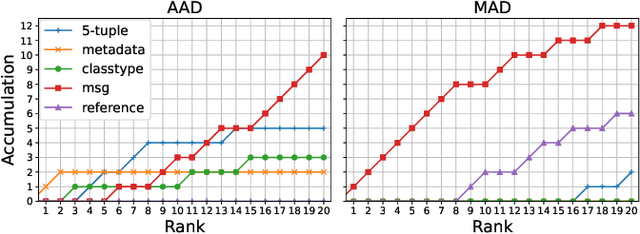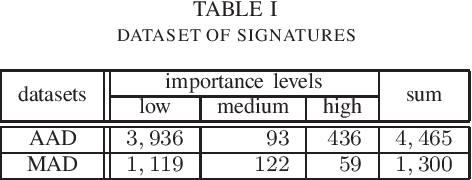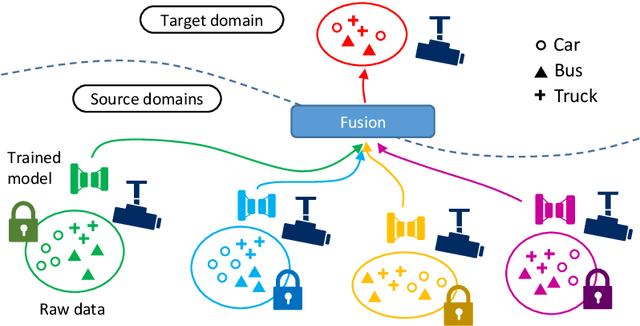Yuichi Nakatani
IDPS Signature Classification with a Reject Option and the Incorporation of Expert Knowledge
Jul 19, 2022



Abstract:As the importance of intrusion detection and prevention systems (IDPSs) increases, great costs are incurred to manage the signatures that are generated by malicious communication pattern files. Experts in network security need to classify signatures by importance for an IDPS to work. We propose and evaluate a machine learning signature classification model with a reject option (RO) to reduce the cost of setting up an IDPS. To train the proposed model, it is essential to design features that are effective for signature classification. Experts classify signatures with predefined if-then rules. An if-then rule returns a label of low, medium, high, or unknown importance based on keyword matching of the elements in the signature. Therefore, we first design two types of features, symbolic features (SFs) and keyword features (KFs), which are used in keyword matching for the if-then rules. Next, we design web information and message features (WMFs) to capture the properties of signatures that do not match the if-then rules. The WMFs are extracted as term frequency-inverse document frequency (TF-IDF) features of the message text in the signatures. The features are obtained by web scraping from the referenced external attack identification systems described in the signature. Because failure needs to be minimized in the classification of IDPS signatures, as in the medical field, we consider introducing a RO in our proposed model. The effectiveness of the proposed classification model is evaluated in experiments with two real datasets composed of signatures labeled by experts: a dataset that can be classified with if-then rules and a dataset with elements that do not match an if-then rule. In the experiment, the proposed model is evaluated. In both cases, the combined SFs and WMFs performed better than the combined SFs and KFs. In addition, we also performed feature analysis.
Trained Model Fusion for Object Detection using Gating Network
Mar 03, 2020



Abstract:The major approaches of transfer learning in computer vision have tried to adapt the source domain to the target domain one-to-one. However, this scenario is difficult to apply to real applications such as video surveillance systems. As those systems have many cameras installed at each location regarded as source domains, it is difficult to identify the proper source domain. In this paper, we introduce a new transfer learning scenario that has various source domains and one target domain, assuming video surveillance system integration. Also, we propose a novel method for automatically producing a high accuracy model by fusing models trained at various source domains. In particular, we show how to apply a gating network to fuse source domains for object detection tasks, which is a new approach. We demonstrate the effectiveness of our method through experiments on traffic surveillance datasets.
 Add to Chrome
Add to Chrome Add to Firefox
Add to Firefox Add to Edge
Add to Edge